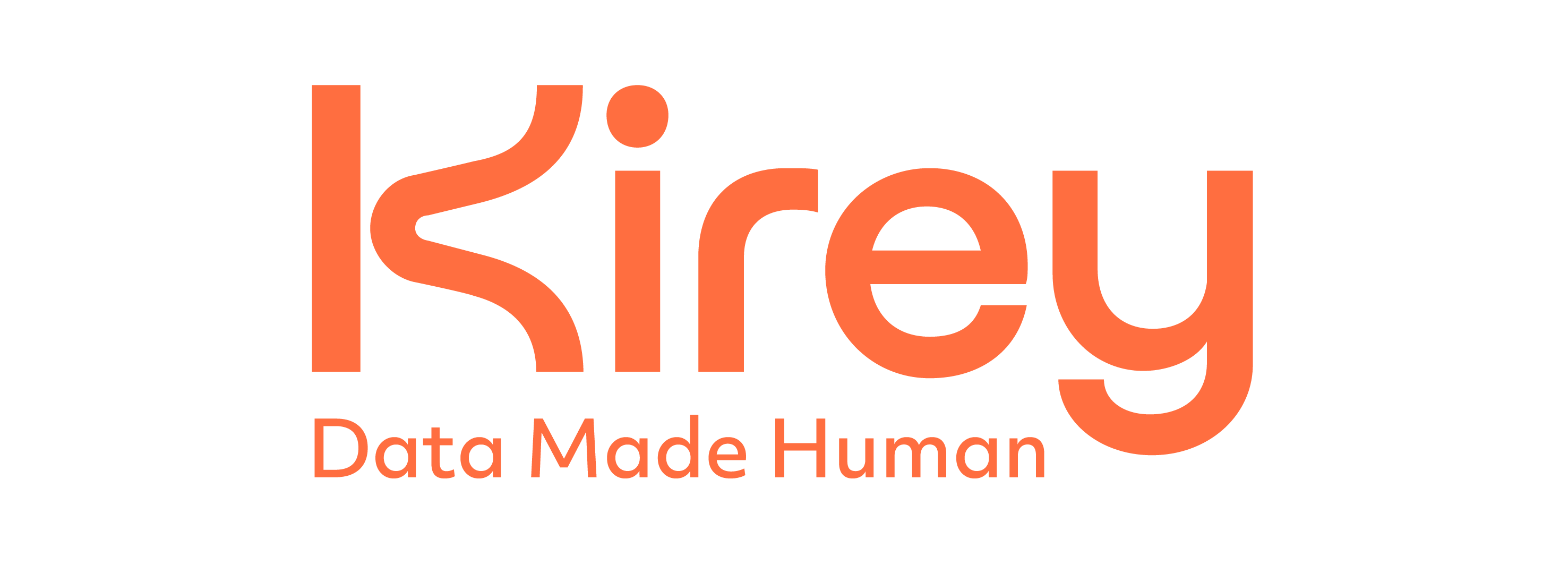By Michele Crescenzi, Head of Data & AI di Kirey
What are the implications of unreliable data quality in the era of AI and the data-driven economy? Often, the effects aren’t immediately visible, but over time, they result in errors, inefficiencies, and a subpar customer experience, significantly impacting business performance.
As early as 2021, Gartner estimated that a poor approach to data quality could cost an average of $12.9 million per year per company. Today, as artificial intelligence applications rapidly spread across increasingly diverse sectors, a superficial approach to the qualitative dimension of data can undermine and even doom any AI project to failure.
Because of the massive data volumes involved, even relatively small errors in training datasets can lead to large-scale inaccuracies in system outputs. For this reason, as highlighted by Boston Consulting Group, despite the widespread adoption of AI programs across industries, only 26% of companies have developed the necessary skills to move beyond pilot stages and generate tangible value.
The challenge organizations face today is ensuring that their data is truly AI-ready — capable of supporting increasingly complex and strategic use cases — and therefore aligned with an evolved approach to data quality. This approach must rest on three fundamental pillars.
1. Look beyond the symptoms: data quality must be by design
Conceptually, when it comes to data quality, organizations often focus on symptoms rather than root causes.
Data quality is frequently addressed ex post, after data has already been collected, processed, and used, whereas it should be an integral part of IT system design from the very beginning. Only by embedding data quality from the start can organizations ensure that data remains consistent, complete, and accurate throughout its lifecycle, avoiding costly fixes later on.
Data correctness must be ensured from the outset. This means that, in organizations where data creators and consumers are traditionally separate groups, people must begin to see themselves as both creators and consumers.
In this perspective, it becomes crucial to implement data governance processes that define roles, procedures, and policies, specifying who can perform certain actions and under what conditions while ensuring accuracy, integrity, consistency, accessibility, confidentiality, retention, and security of corporate information.
At the same time, from a technological standpoint, it’s essential to design the best possible data architecture to lay the groundwork for governance, quality tools, and analytics, reducing downstream complexity.
Even before that, however, it’s important to assess the fitness of data for its intended purpose.
2. Choose the level of quality that enables results
In large and distributed environments, assessing the quality of one’s data is far from straightforward.
Completeness, accuracy, consistency, timeliness, and compliance are all dimensions of data quality, but not all are equally relevant in every context. Trade-offs must be made without compromising timelines or budgets.
In other words, data quality should be fit for purpose, not necessarily absolute. Without a shared definition of what “good quality” means, technical solutions will always fall short. For this reason, data quality is, above all, a matter of collaboration and clearly defined responsibility. It requires setting shared expectations around data structure, semantics, and quality—and bridging the data literacy gap that often separates IT and business teams—by adopting a stakeholder-oriented perspective on data.
Only after defining these aspects is it possible to identify the KPIs for effectively measuring data quality through the data profiling process.
3. AI as a lever to elevate and augment data quality
Data quality encompasses practices such as profiling, cleansing, validation, quality monitoring, and metadata management. These processes not only enhance AI effectiveness but are also being revolutionized by AI and machine learning themselves.
From automatic anomaly detection to enrichment and impact analysis, these technologies reduce human intervention and capture issues that often go unnoticed. New AI-based tools can automatically detect and correct errors, predict problems, and suggest real-time solutions—continuously monitoring massive data flows. They also automate change traceability, speeding up root-cause investigations and mitigating compliance risks.
AI thus transforms data quality management into an augmented process: turning it from an obstacle into a strategic, scalable, and transparent service for the organization.
However, as mentioned earlier, it’s essential to remember that ensuring data quality goes beyond automation alone.
At its core, the challenge of data quality remains a human one, rooted in organizational and process issues that can only be solved when business leaders collaborate to improve data quality within their spheres of influence.
How? First, by identifying the people capable of understanding the problem and bringing the necessary expertise to address it, as previously discussed, and second, by supporting all data stakeholders through training that fosters data literacy and clear communication about everyone’s responsibilities as both users and creators.
Only under these conditions can a company’s information assets truly become data-driven, enabling AI to translate data quality into measurable business value.
